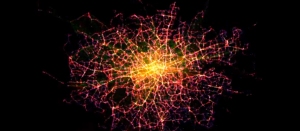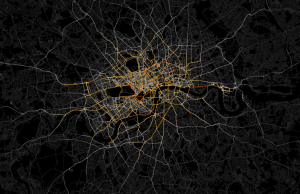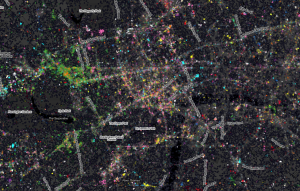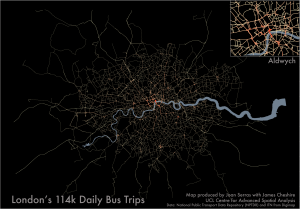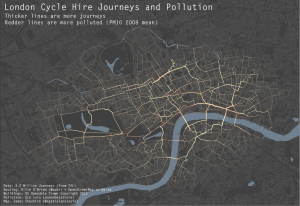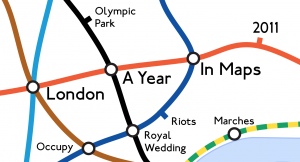Bridging the Qual/Quant Divide
I’ve been in my new post in the Geography department at King’s College London for nearly nine months now and — together with another new-ish colleague – have been asked to design a programme to teach quantitative research methods to students who often seem … Continue reading →
Continue reading »




